Xiaomi's gaming-oriented brand wants to make a big impact this year. Known for its excellent value for money, but also for the solidity of its power-oriented spec sheet, Poco's F series had only one identified weak point until now: the camera score. The arrival of an Ultra version, for the first time this year, promises to remedy this weakness. The Poco F7 Ultra no longer claims to be just a gaming smartphone, it aims for extreme versatility at an ultra-competitive price and, why not, to challenge the dominance of the most high-end smartphones, like the Galaxy S25 Ultra to which it constantly compares itself.
Is this comparison usurped? Can the F7 Ultra take Poco to another level without stealing the Xiaomi 15 Ultra's thunder? And what about the resemblance to the Poco X7 Pro? This excellent entry-level smartphone is half the price of the F7 Ultra, but are the differences really that significant?
Price and availability of the Poco F7 Ultra
Poco's F series in 2025 currently consists of the F7 Pro and the F7 Ultra. A classic F7 could potentially complete it, but it has not yet been made official. The F7 Pro and F7 Ultra, both announced on March 27, share a good part of their specifications and design.
What differentiates them is mainly their chip, but also the camera module. Poco's first "Ultra" benefits from the best in terms of chipset with the Snapdragon 8 Elite, while the Pro makes do with a very valiant Snapdragon 8 Gen 3. The Ultra is also aided by a dedicated graphics chip, which we will come back to in detail. This is absent from the Pro version. As for the photo part, the Ultra benefits not only from a better ultra-wide-angle sensor, but also from a telephoto lens to complete its triple photo module.
Therefore, the price difference between the two versions of the F7 seems logical. So, our test F7 Ultra starts at 699 euros in its 12 GB RAM and 256 GB ROM version or 749 euros for the 16 GB RAM and 512 GB ROM model.
Design: more consensual, less gamer?
We knew Poco as a gamer, relatively attractive and, to say the least, colorful. It had even become the assumed positioning of Xiaomi's "gaming" brand. Without a doubt, this F7 represents a notable change in this strategy. Indeed, the F7 Pro and F7 Ultra are much less original than before. There is certainly a yellow color, usual for Poco, but the overall design has lost some originality and our gray/black version has something in common that shows the brand's desire to reposition its product, which is also reflected in the efforts made on the photo part. The F7 Ultra is therefore not just a smartphone for gamers; it aims more broadly to establish itself as a benchmark in the mid-range.
More generally, the F7 benefits from a neat design and good build quality. Its glass back and flat metal edges demonstrate the care taken in its design. As for the camera module, it takes up a significant amount of space on the back of the smartphone, but here again, the designers' work to isolate and highlight the camera part, with an aluminum surround, is well done. Let us also point out for those who tend to neglect their smartphone that the Poco F7 Ultra is waterproof and dust resistant (IP68) and that it is also equipped with a protective glass "Poco Shield Glass" to protect its screen.
Ultimately, what the Poco F series has lost in originality, it gains in versatility and presence. Who will complain?
An excellent screen for a mid-range
Our first contact with the 6.67-inch OLED screen made a strong impression. That was before our test Poco F7 passed into the hands of 01Lab and the latter gave us its verdict. The first thing that stands out is the thinness of the borders that allow the F7 Ultra's screen to occupy almost the entire front face.
While the default resolution is 3200 x 1440 (QHD+), Xiaomi offers the option to reduce it in order to slightly reduce power consumption. the screen.
If we go into a little more detail about the 01Lab measurements, a few figures allow us to immediately understand the quality of this screen. The Delta E to start with a value of 1.98, much lower than the 3 which serves as a reference. As for brightness, it was measured at nearly 1500 nits with a peak of 1749 nits in HDR, excellent values at this price point and which place the F7 Ultra's screen neck and neck with that of the best smartphones on the market.
The only downside in terms of screen: the Poco F7 Ultra is limited to a refresh rate of 120 Hz. This is quite honest, let's be clear, and many smartphones at this price point do less well (hello iPhone 16 and iPhone 16e), but other gaming-oriented smartphones will go further, at heights between 144 Hz and 185 Hz. After all, even if it is somewhat regrettable, this choice is quite in line with the F7 Ultra's desire to refocus.
Performance: the best on the market
This is the point on which Poco has built its reputation and the aspect on which it wants to be relentless for the F series. It must be powerful and, if possible, more powerful than the others. On this point, it is very difficult to do better using the same components as its competitors... and yet, the F7 Ultra manages to stand out this year. How? By combining the most powerful chip of the moment (on Android), the Snapdragon 8 Elite, with an "in-house" GPU part, the VisionBoost D7. This dedicated graphics chip is nothing exceptional on paper, since it is only engraved in 12 nm (compared to 3 nm for the Snapdragon Elite) and yet... it is its action combined with that of the Qualcomm chip, but also the use of a 5400 mm² vapor chamber, which would allow the F7 Ultra to go a step further on the various usage benchmarks.
When asked, Poco engineers explain that the two chips always work together. The graphics part has not been assigned to the VisionBoost D7 or vice versa. Depending on the tasks and how the smartphone is used, one or the other, and very often the two chips, distribute the load in such a way as to optimize their operation while reducing heating.
Thus, the benchmark results are particularly convincing:
And in real-world use? Again, the F7 Ultra performs very well. We didn't notice any slowdowns, and a game as demanding as Genshin Impact poses no problems for it, even at maxed-out settings. This is undoubtedly where the VisionBoost D7's contribution is most evident, even if over slightly longer gaming sessions, some heating is felt without this impacting gaming performance otherwise.
Photo: the fault is repaired
If Poco smartphones have stood out so far, it is essentially for a price/power ratio well above average. The downside of this design bias is that it forced Xiaomi to make drastic choices on the photo part. Understand that, to keep the price low of the F6 and F6 Pro, while equipping them with chips worthy of the name, it was necessary to agree to some compromises. It is quite logically the photo part, very expensive, which was sacrificed. The F7 Ultra no longer wants to use the same recipe and has made some notable efforts.
So, the photo section is no longer limited to a wide-angle main lens and an ultra-wide-angle lens. A telephoto lens has been added to the offering, and that's going to change a lot of things. Let's start with the latest addition. This telephoto lens (2.5x optical zoom) makes the Poco F7 Ultra a more versatile smartphone when it comes to photography, but above all, and perhaps more importantly, it does a pretty good job of it.
So, the shots we were able to take gave us satisfaction overall, more so during the day, and the magnification was done with a fairly interesting level of detail and precision. We are of course not at the level of a Galaxy S25 Ultra, or even a Xiaomi 15 Ultra, but you should be generally satisfied with the quality of these shots. At night, only the 2.5X zoom comes into play and in this configuration, the quality of the images will vary enormously depending on the available light sources. But here again, the F7 Ultra performs well and should handle a good portion of night missions.
The wide angle and the ultra wide angle are more classic, but just as effective. For the first, we're not coming from nowhere, since it's Sony's now classic Light Fusion sensor that's at the helm. The results are very satisfying, with good sharpness and fairly accurate colors. Quite logically, the ultra wide-angle is more limited and we sometimes notice a lack of details, particularly on the outer edges of the image.
Both suffer somewhat when the light drops, even if the shots remain usable in the majority of case.
Interface: the good and the bad of HyperOS
HyperOS has its defenders and at least as many detractors, so it's not a question here of deciding in favor of one or the other of the two camps. For our part, we will simply point out Xiaomi's good initiative to improve its update tracking. Thus, this smartphone, which currently runs on Android 15, benefits from the assurance of software support for four years, up to a theoretical Android 19. Security updates, however, are spread out a little longer, up to six years. It's progress, but it's still less than the 7 years guaranteed by Samsung, Google and even Honor.
As for the software overlay itself, HyperOS 2.0 is not a total novelty in the Xiaomi universe, the Redmi Note 14 Pro 5G and the Xiaomi 15 Ultra are already passed by to give us an overview of its new features. These are relatively numerous and are not limited to AI features alone, even if Gemini's contribution remains considerable on a smartphone at this price.
To have a complete overview of the new features and capabilities of HyperOS 2.0, we strongly encourage you to reread the section dedicated to this interface in our test of the Xiaomi 15 Ultra.
Autonomy: it's serious!
Despite its power, the Poco F7 Ultra does not suffer in terms of autonomy. With 19h24mn on our brand new test protocol, which is rather demanding in other respects, the Xiaomi smartphone does very well.
We still regret that the Ultra version has a smaller battery than the Pro version (5300 mAh compared to 6000 mAh), but on this point Xiaomi knows that it can count on a Snapdragon 8 Elite which is particularly efficient in terms of consumption.
The result is also satisfactory on the charging side. During our tests, we noted a peak at 106.4 W for an average which logically drops to 36.6 W over the entire charging session which lasts 41 minutes. On the other hand, and this is a very good point, after 10 minutes of charging, the smartphone recovers more than a third of its battery capacity (36% precisely). On these aspects, Xiaomi remains within its standards.


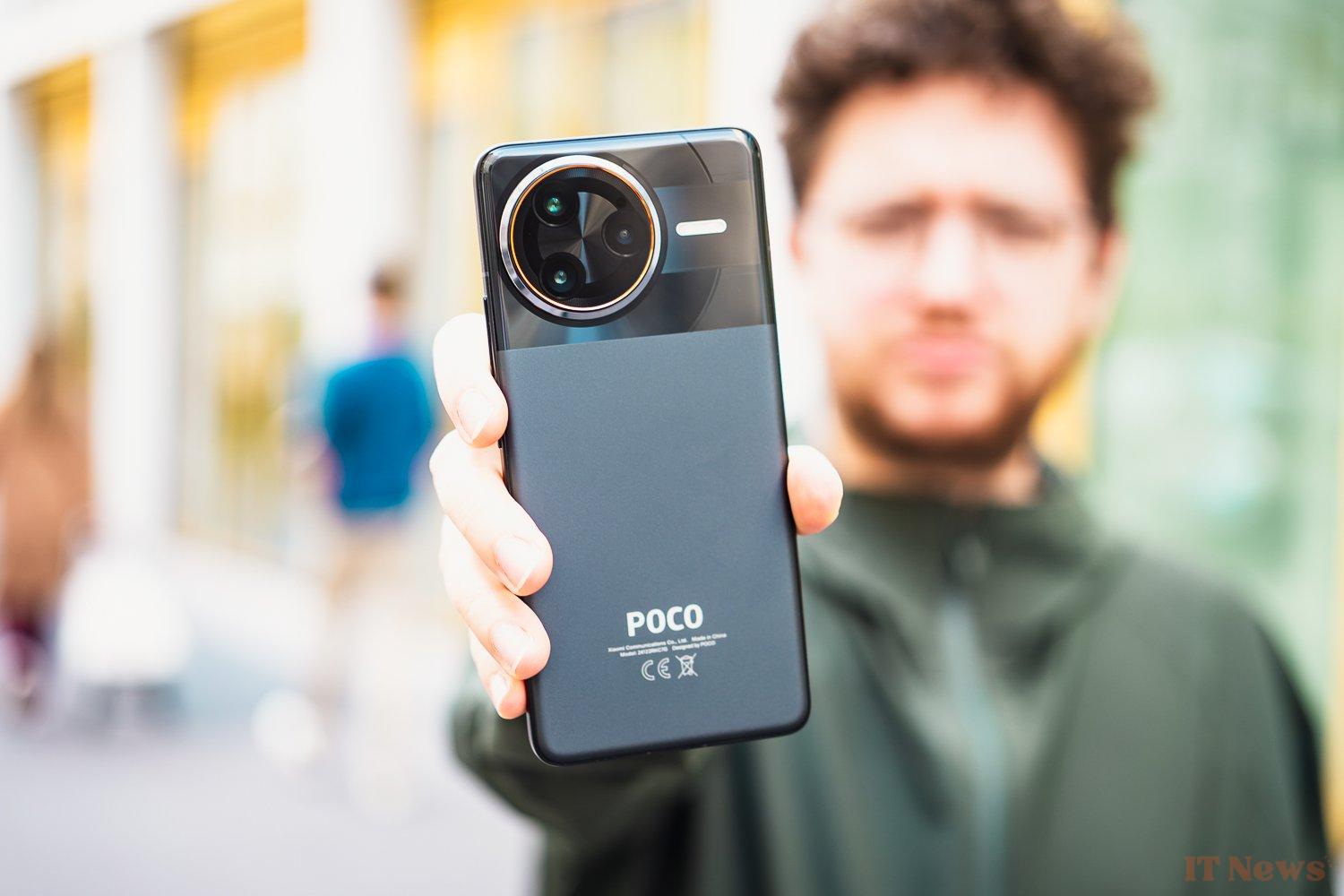
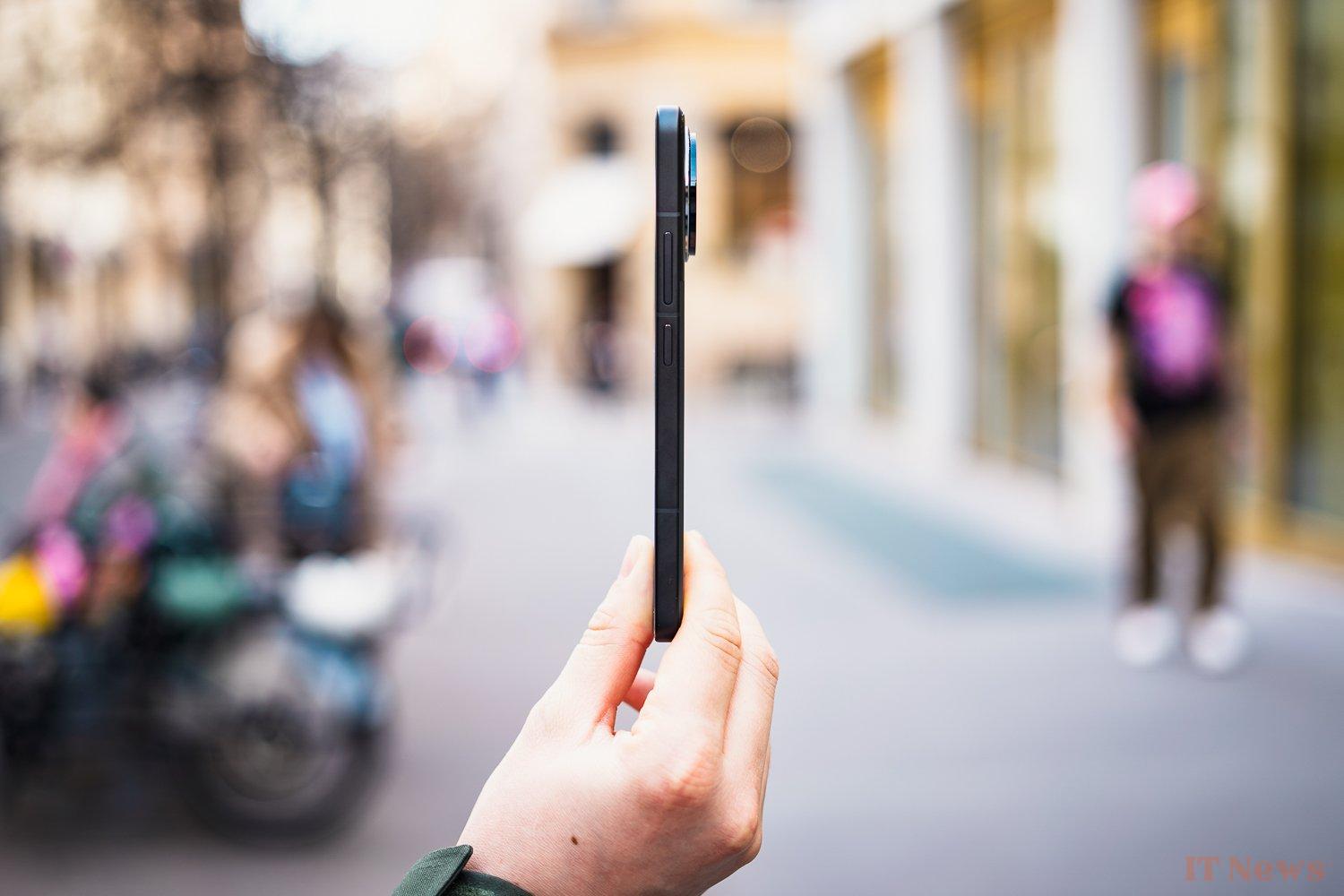
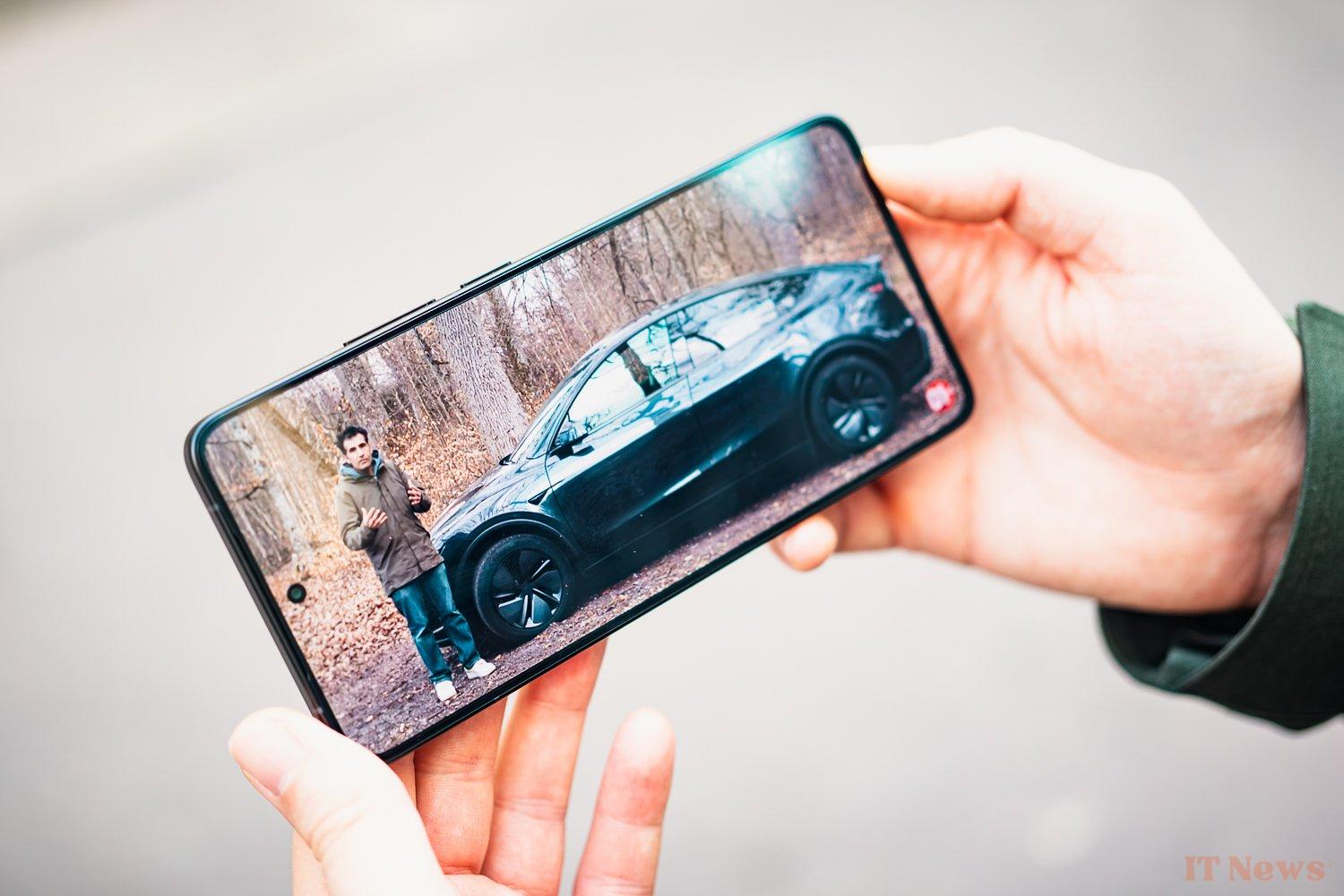






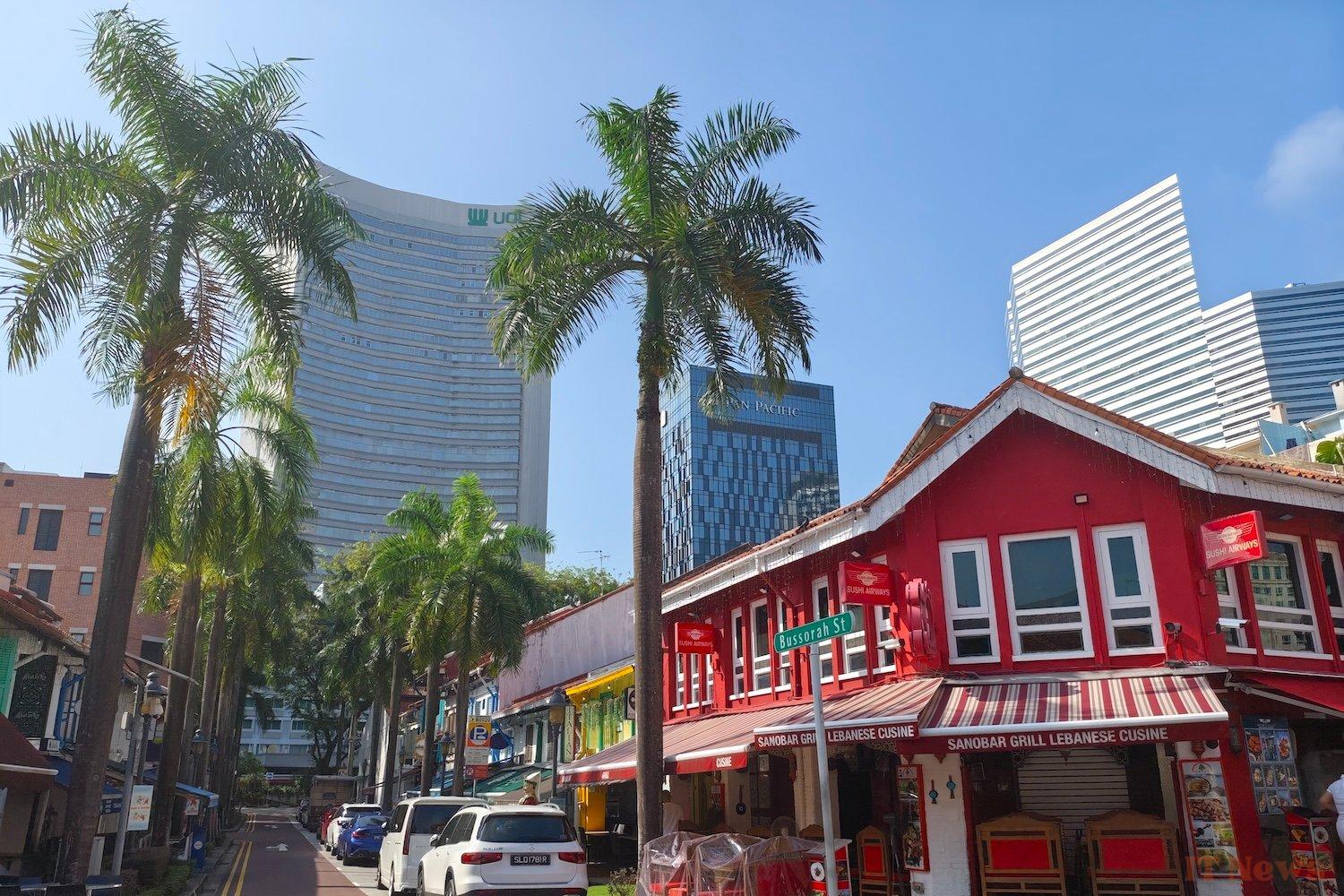

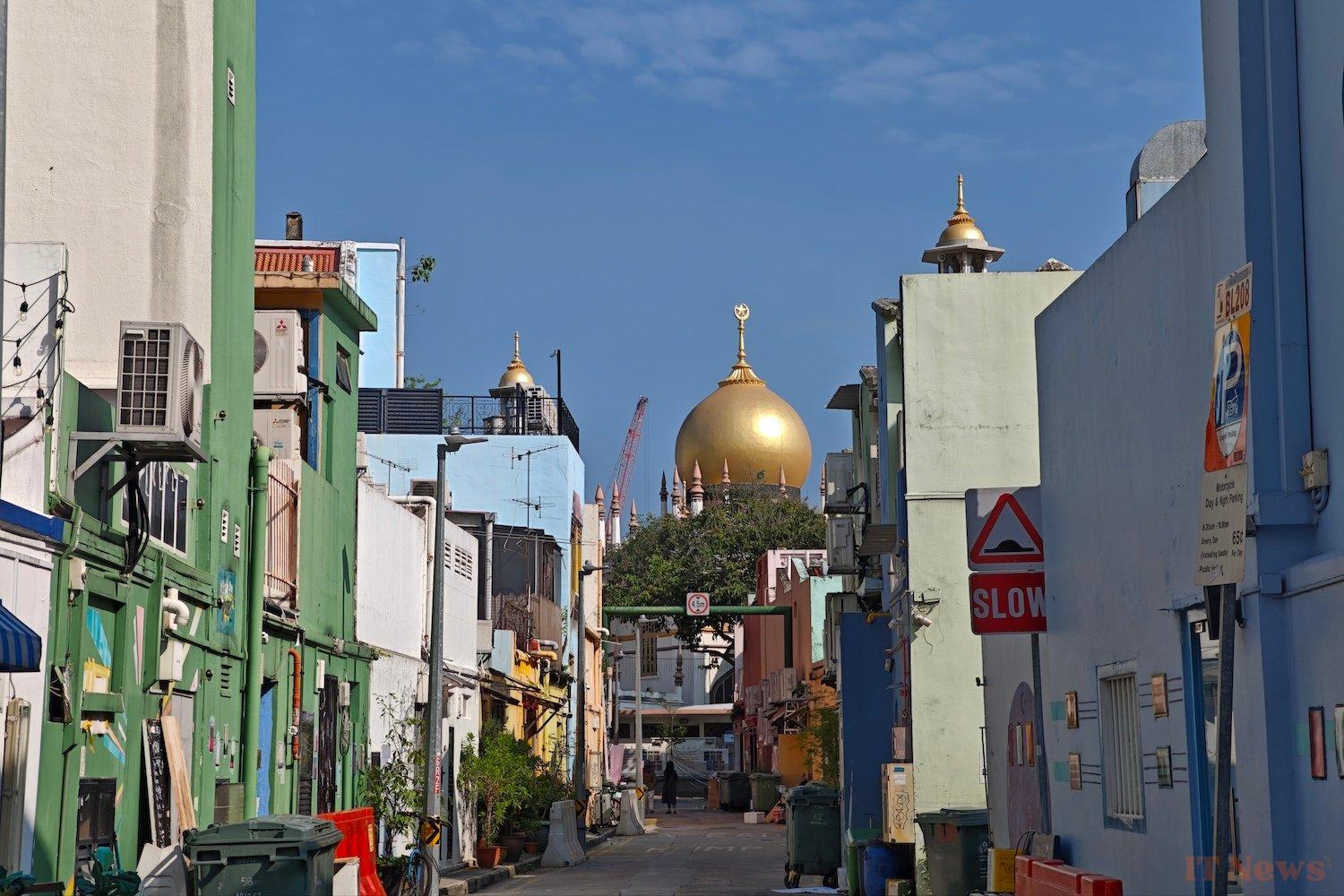

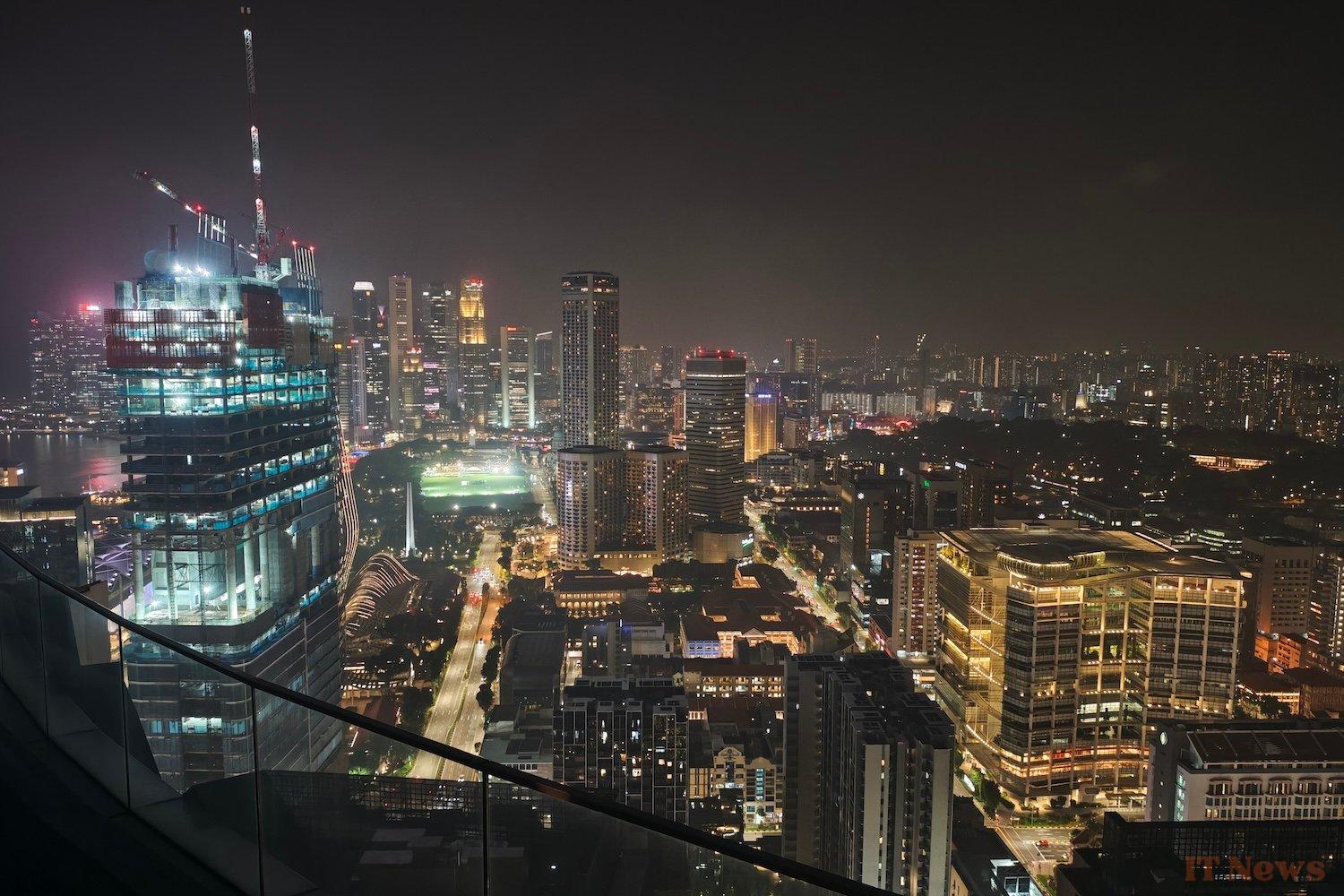
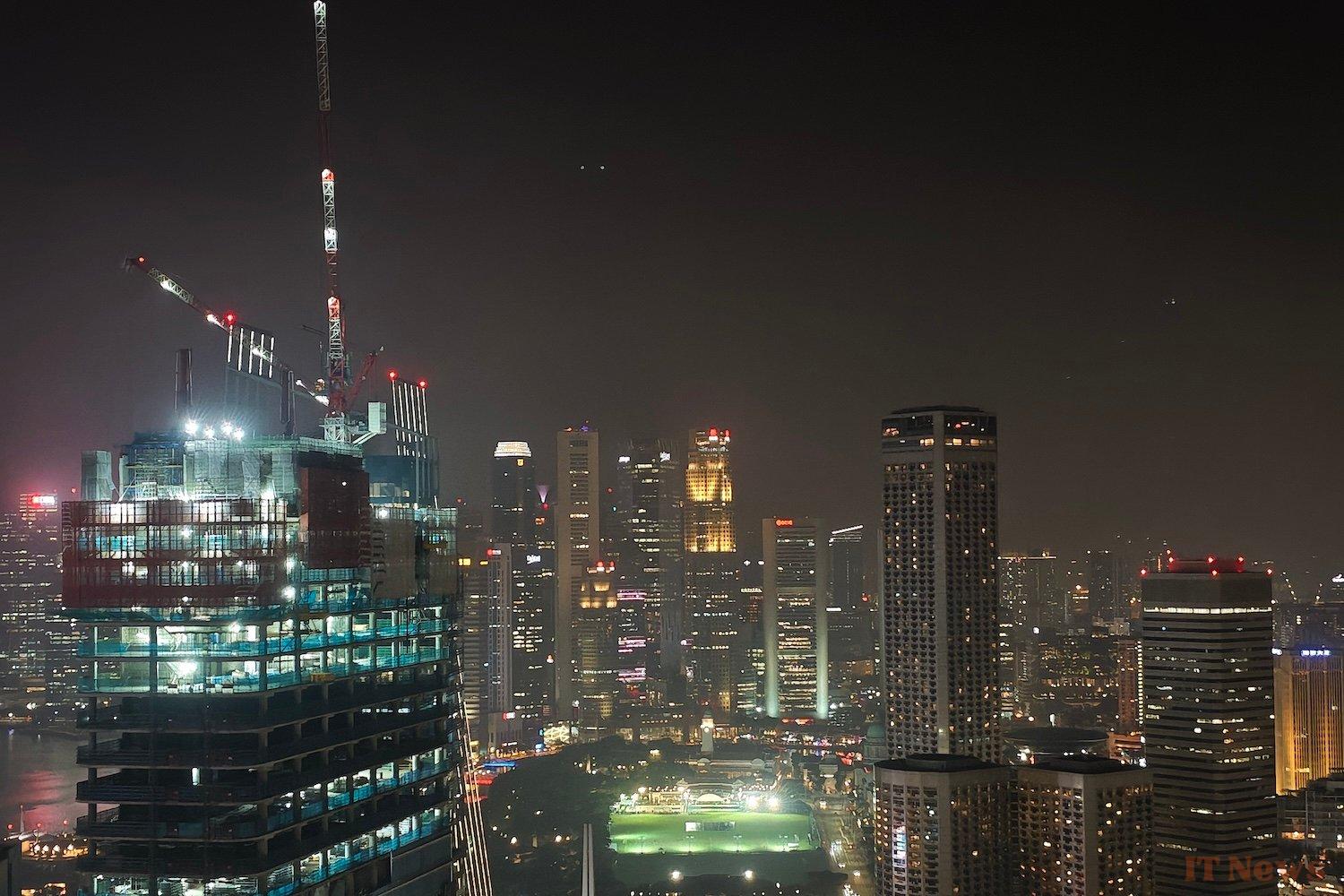



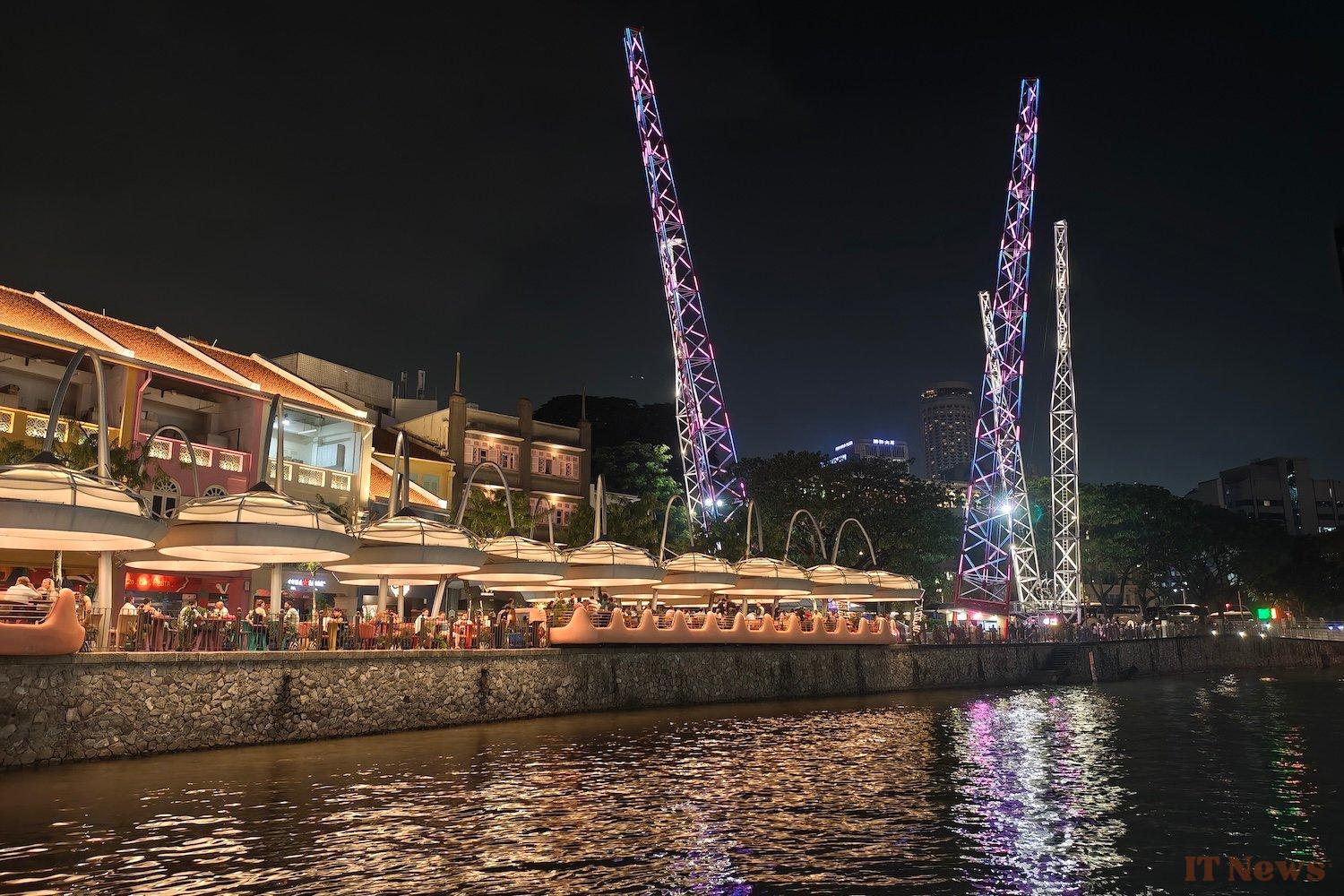
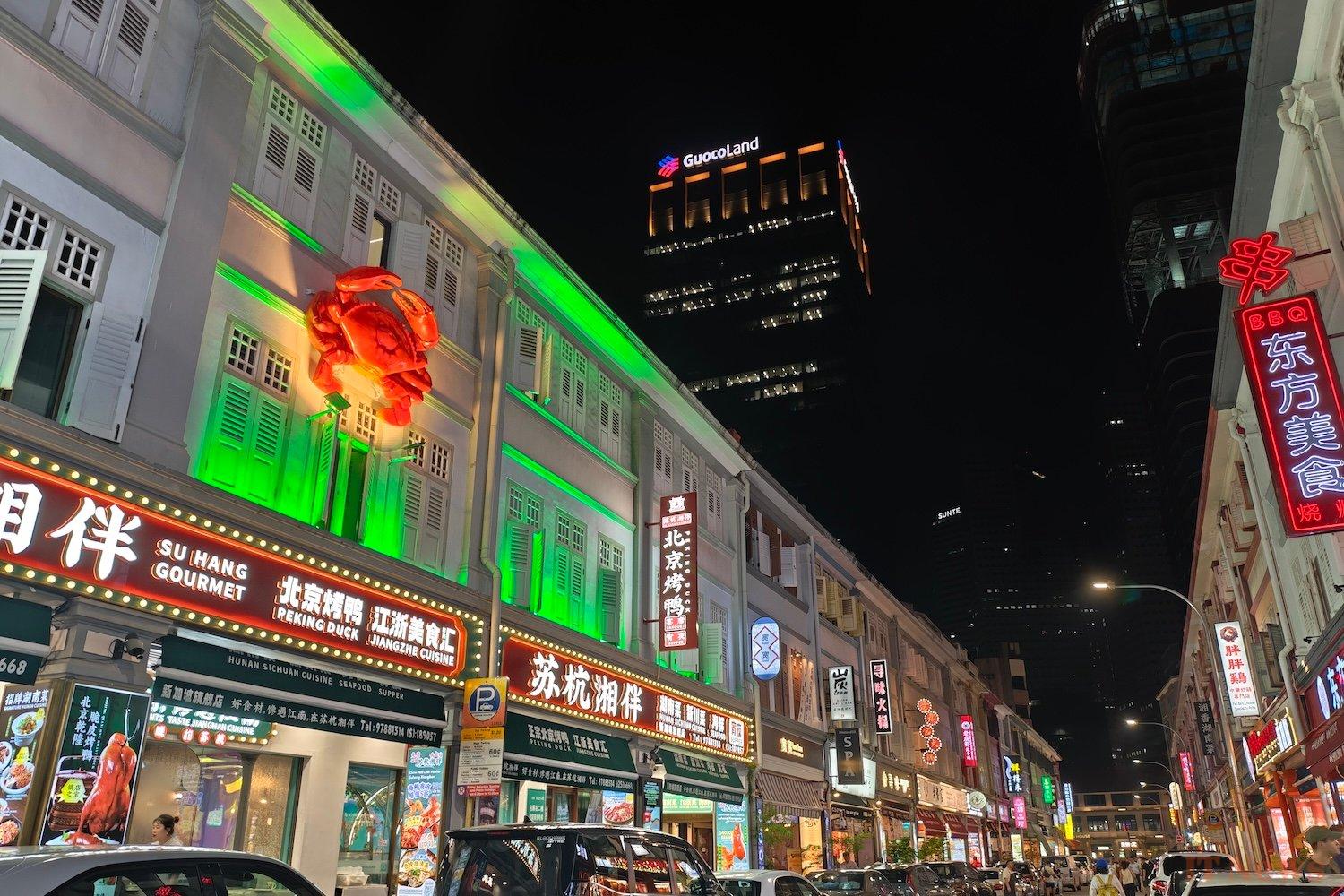
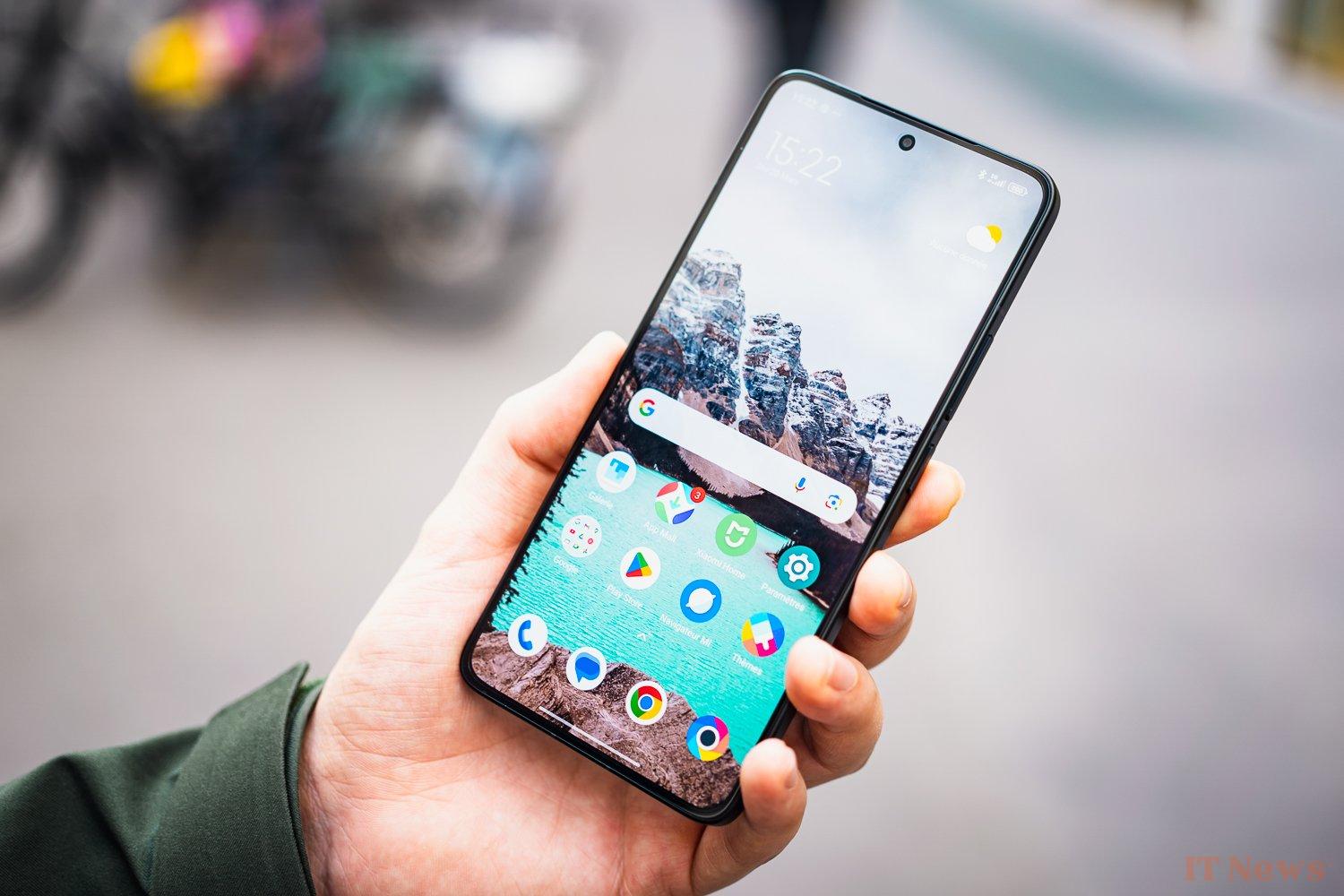

0 Comments